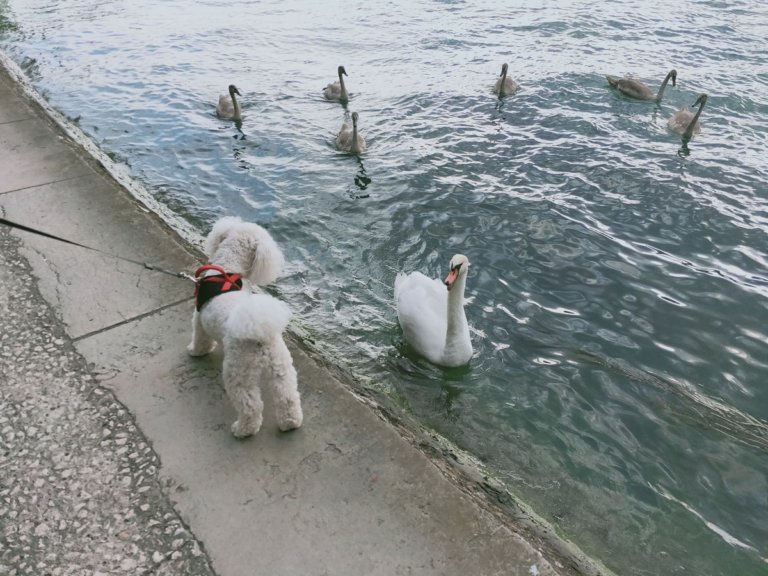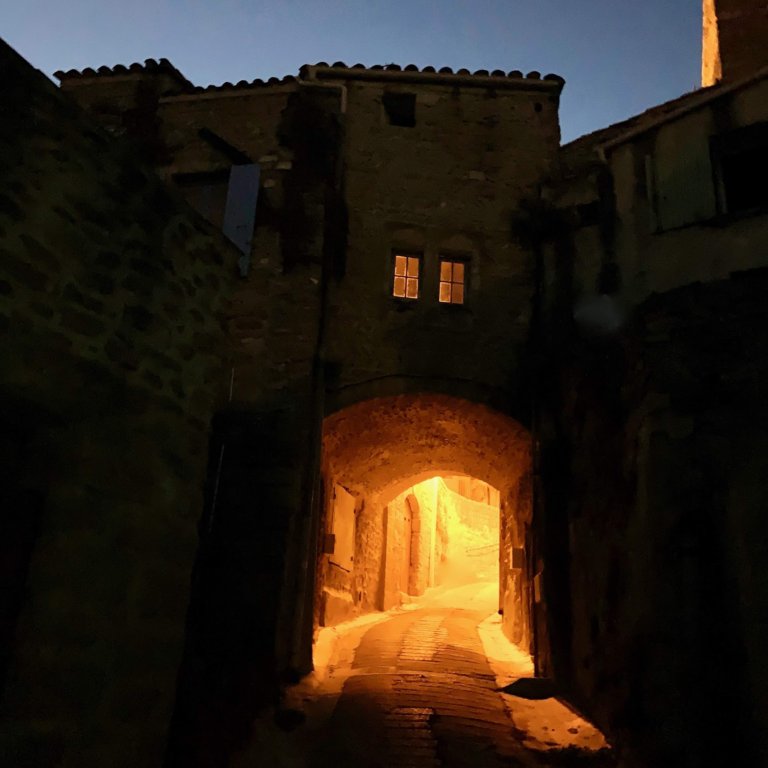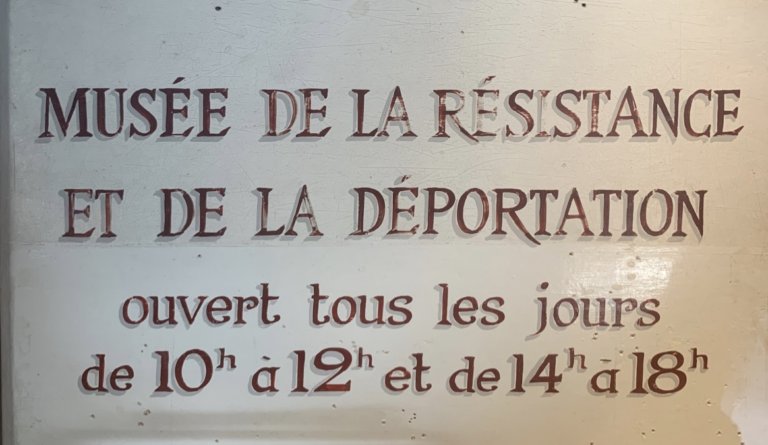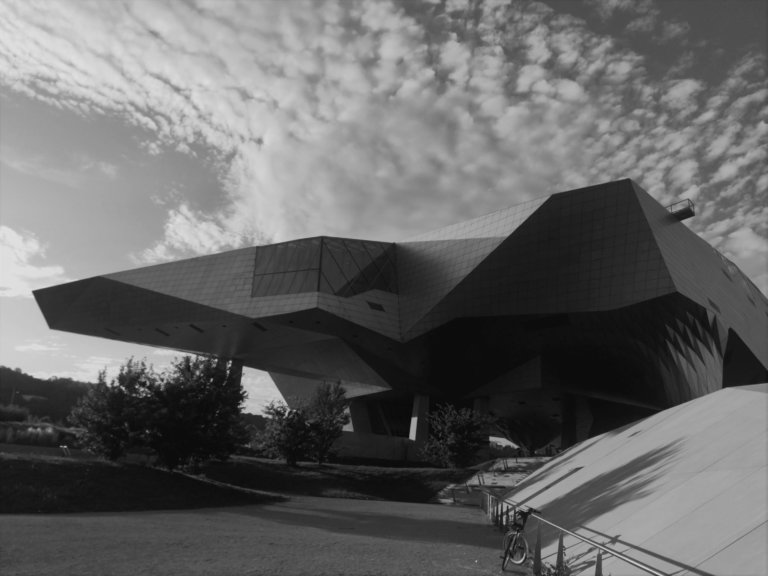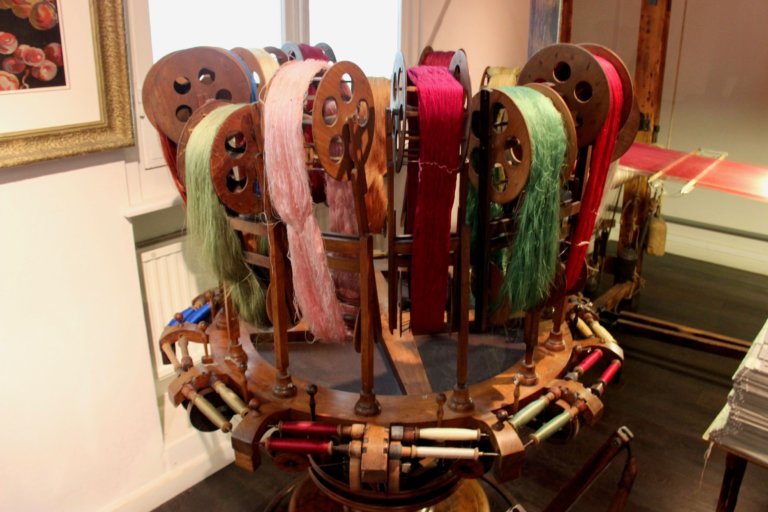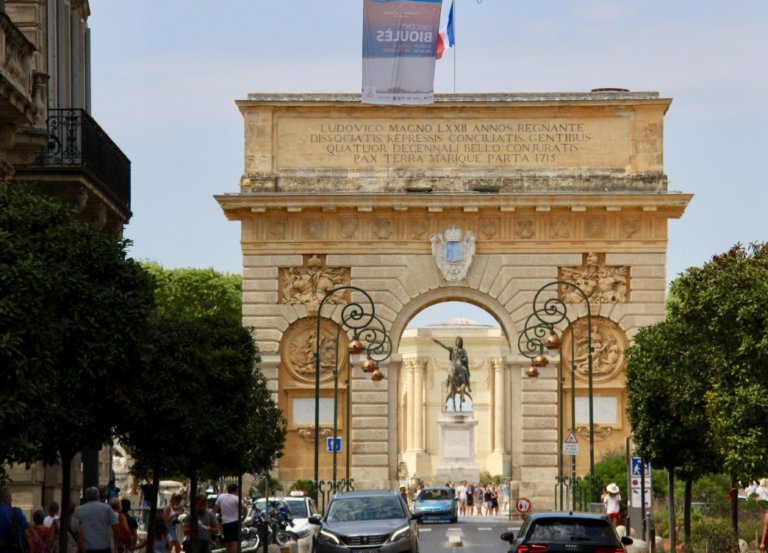Orange and Baux. France. Day 107-108 July 14 – 15th 2019

After living our village life for the past few days – today we ventured out of the village for the last two days of our time here. Day one we visited the nearby town of Orange with its large Roman theatre. Day two we had tickets to the Lumiere display in Baux.
Our friends had done the work, booked the tickets, hired the car and we just showed up. Lucky us! What a treat. Yes, I would have been perfectly happy hanging in Chateauneuf du Pape for the whole week yet these 2 days proved – get up, show up and you will be surprised.

In Orange, we were to pick up a hire car. After a cab ride from Chateauneuf du Pape, we breakfasted at a friendly Boulangerie in the theatre square. While chomping on our Croissants we discovered the car pick up was 3km out of town. Bolstered by coffee, croissants and breakfast tarts we stumbled along the highway to the car hire. The woman in the garage-cum-car-hire showed some surprise at seeing four tourists show up on foot.

Back in Orange with spectacular but unplanned timing we were in a queue to see the Roman theatre, and discovered – firstly a tour in English beginning in 10minutes and secondly a Virtual Reality display soon after. Yes and Yes.
The history and use of the theatre built in late 1-100AD continues today. The theatre is still used for classical performances, rock concerts, and opera – here on the wrong dates but I wish.
It was interesting to note the design from the 1st century continues to be used in the design of our arena’s today. A semi-circle of seating around a central stage and orchestra pit. What was different was the huge wall across the back of the stage with a three-metre-high statue high up in the centre. Each entrance level both on the stage and in the seating, area was designed for various patrons from the wealthy and political figures to the poor of the community.

The Virtual Reality movie afterwards highlighted the massive building project, and the colourful almost oriental style decoration of the original theatre. Two features stood out for me – the use of wooden machines to move the huge stones to build the theatre and the enormous screens that could be drawn overhead to protect patrons from the weather.
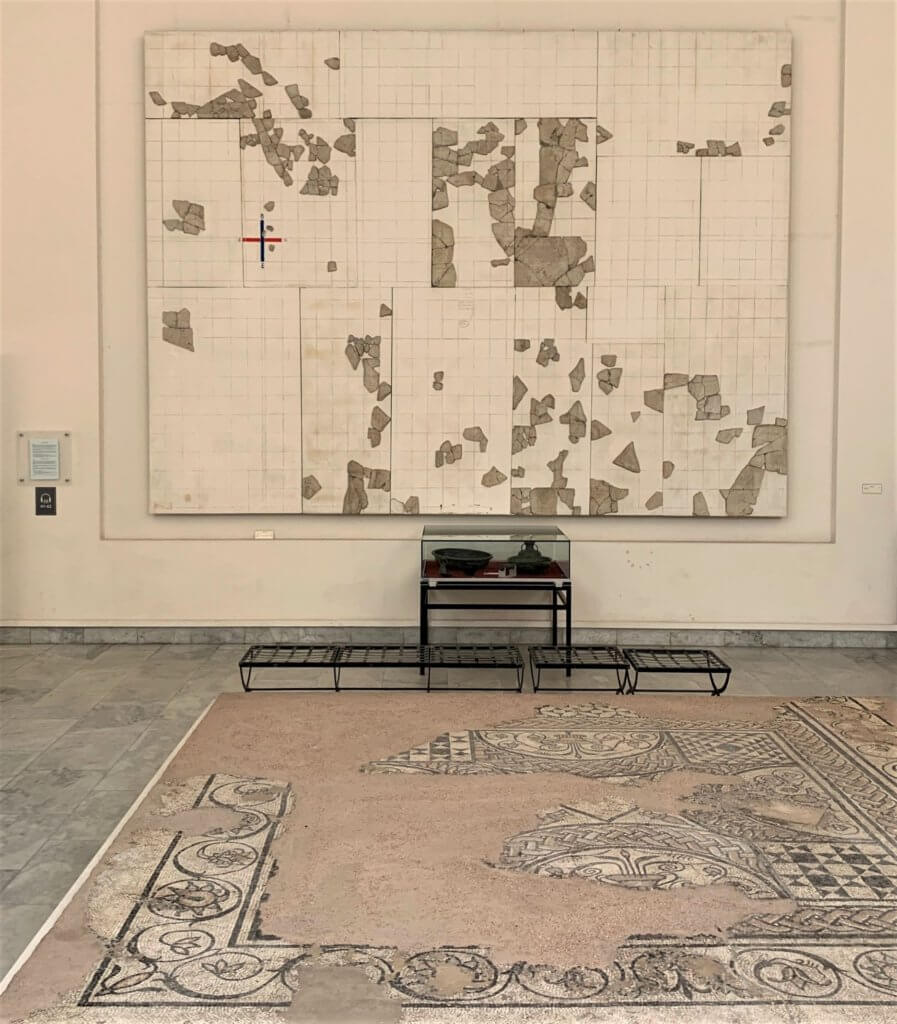
Complimenting this was a visit to the nearby Art and History Museum of Orange followed by a walk through the park at the top of Saint Eutrope, the hill overlooking Orange – and the ruins below. The Art and History Museum highlighted our different interests – I was entranced by the remains of mosaic floors, Chris by a system of recording land ownership in Roman times.

Upstairs were artworks of two British artists Frank Brangwyn and Albert de Belleroche – while both were British their history and painting life was predominantly European. Frank Brangwyn’s focus on work and the dark images of rail and shipyards was compelling.
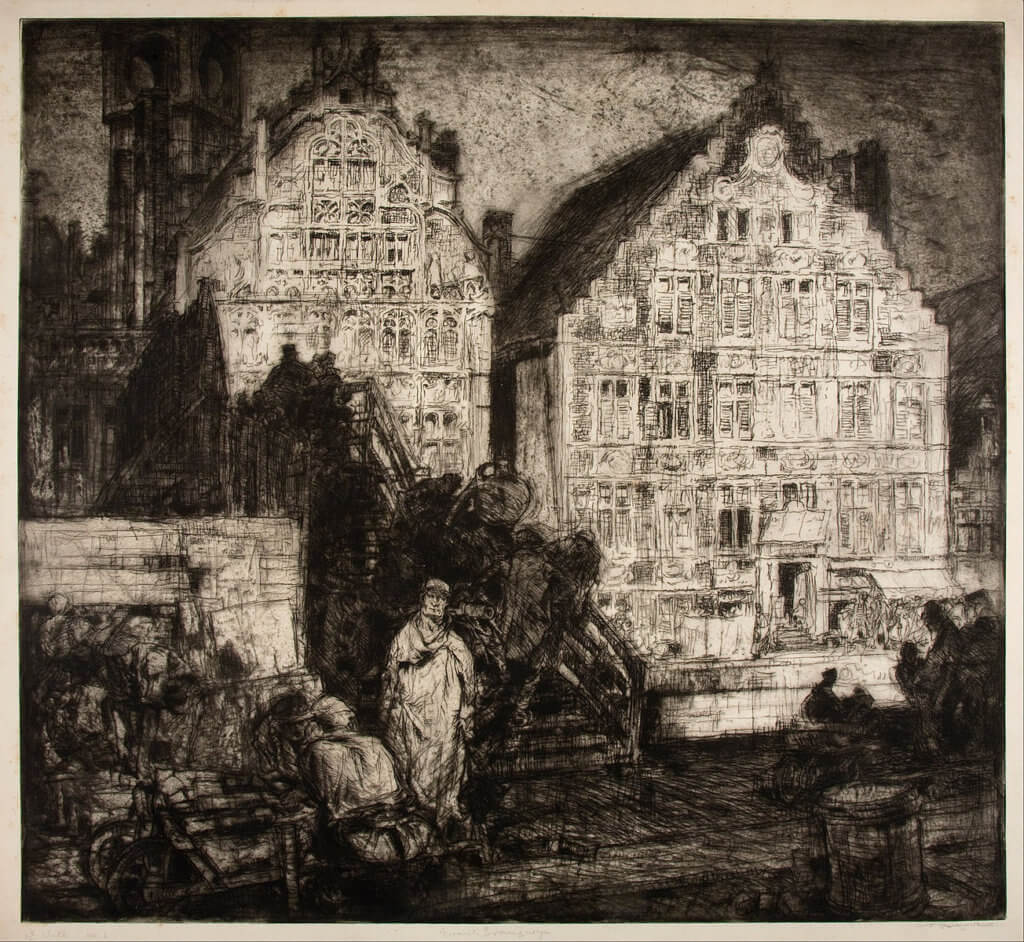
The second artist Albert de Belleroche’s portraits of women drew me in. Described as ‘le peintre des femmes decoiffés’ they were described as painting women with messy hair. No wonder models of other, now famous, artists sat for Belleroche.
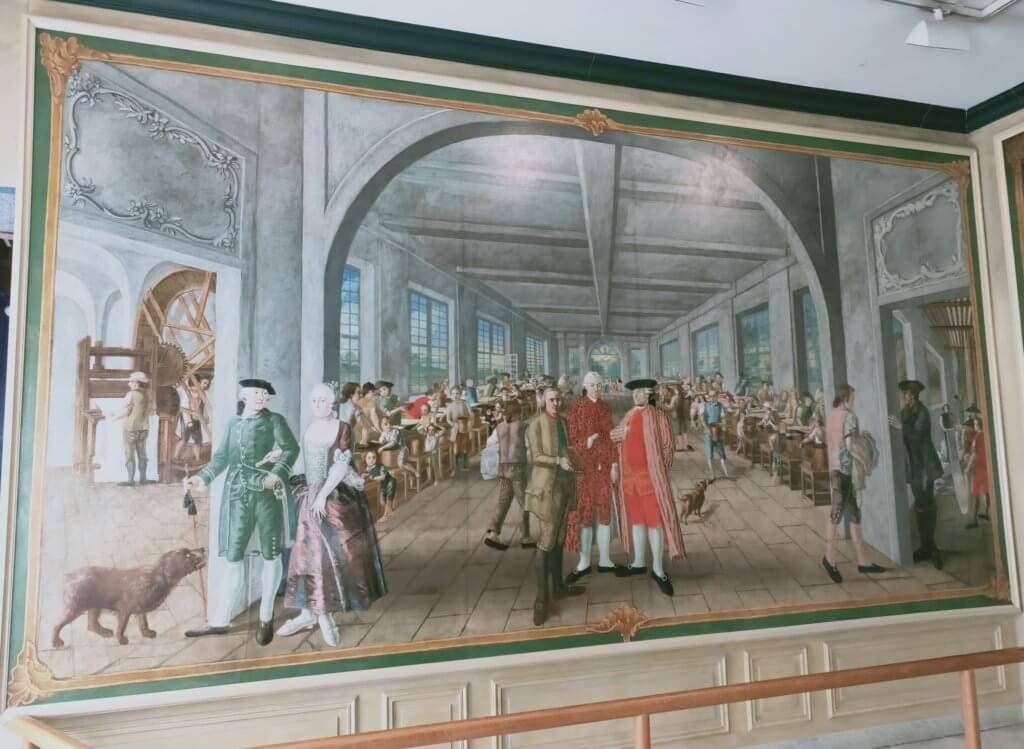
Cotton production was the subject of the first floor between Roman antiquity and British artists. The museum blended exhibitions of Orange’s ancient and more recent past, Blending archeology, art and history. Large paintings depicting the cotton mills of Orange captured my attention. Children, women, all ages and stages of life were employed in the production of “Indian” style cotton. The paintings were commissioned for and by the Director of the major cotton mill in Orange – for his home. These give a pictorial history of cotton production in Orange of that time.
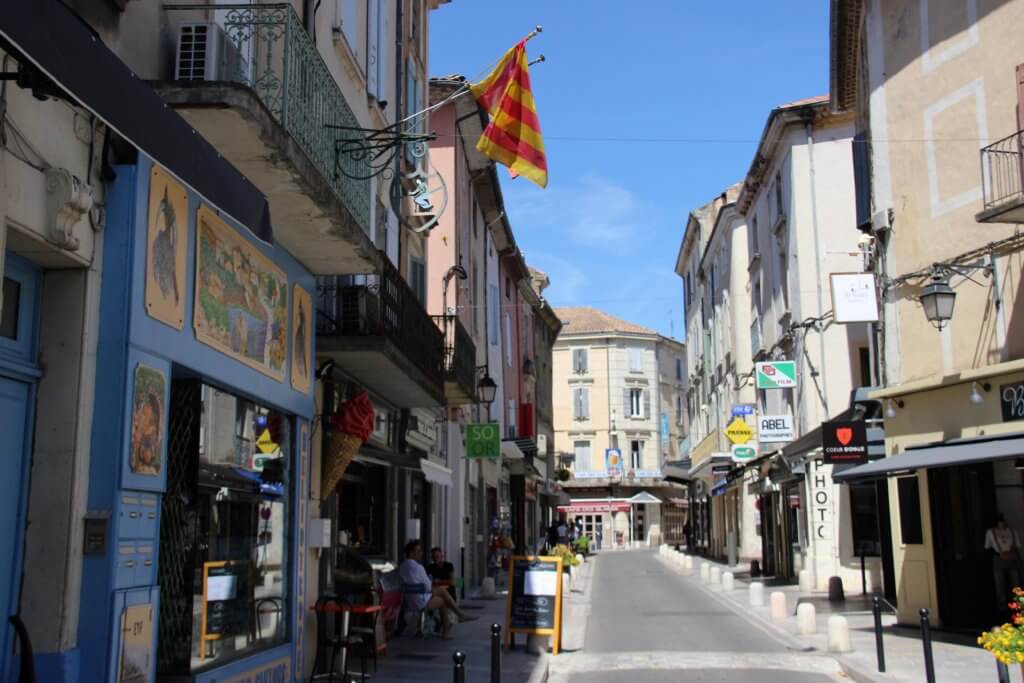
Before wandering the streets of Orange we had to master a complex machine for car parking – aided by watching locals – many of whom walked off unable to complete the process,. We then stepped up and still unable to work it we were given hands on assistance from two patient and helpful women. Finally we enjoyed a wander through the streets of old Orange – narrow streets filled with shops, restaurants, and squares.
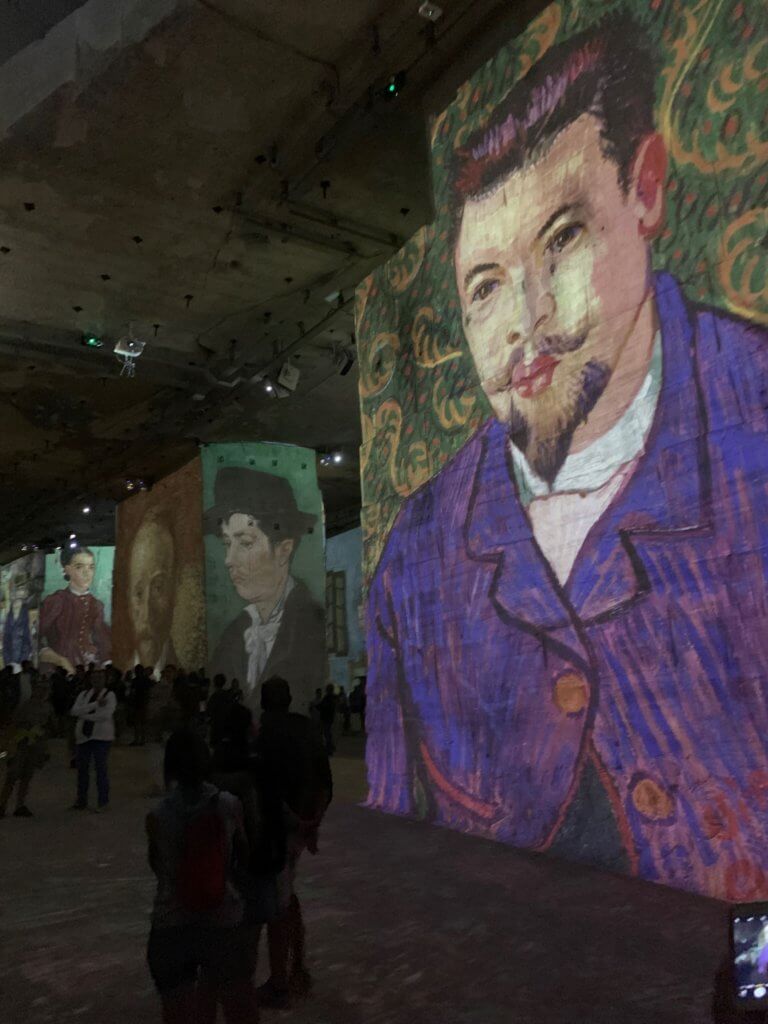
Kerri had been recommended a “light show” and day two lead us Baux where we had tickets to the “Career of Lights” show. Blessing Kerri for prepurchasing tickets as we watched the lengthy queues of people without tickets waiting in line.
The Great Fund Career was a huge quarry and industry now housing the show. Massive structures built into the hillside operational until after World War I when use of stone declined. Used following this for art installations of varying kinds until 2012 when the current show began.
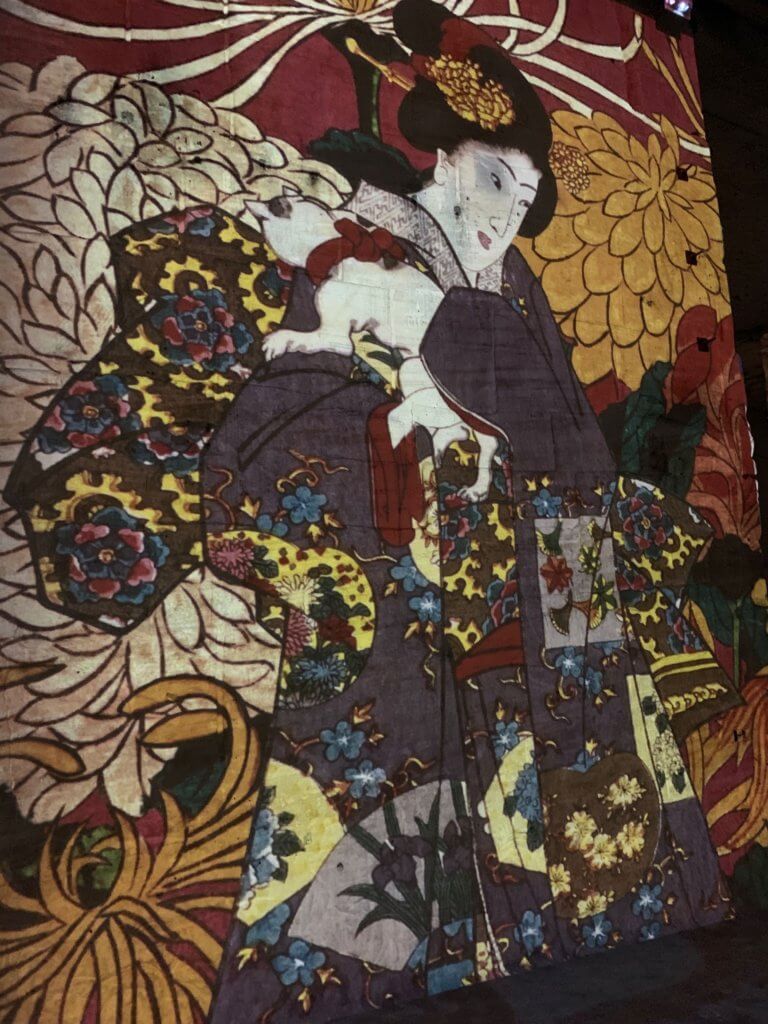
On the day we visited – two shows were screening Japan Dreamed Images of a Floating World and Van Gogh The Starry Night. I was so pleased I had no expectation – it only added to the magical experience of walking into a huge high ceiling cavernous space with projections on every available surface.
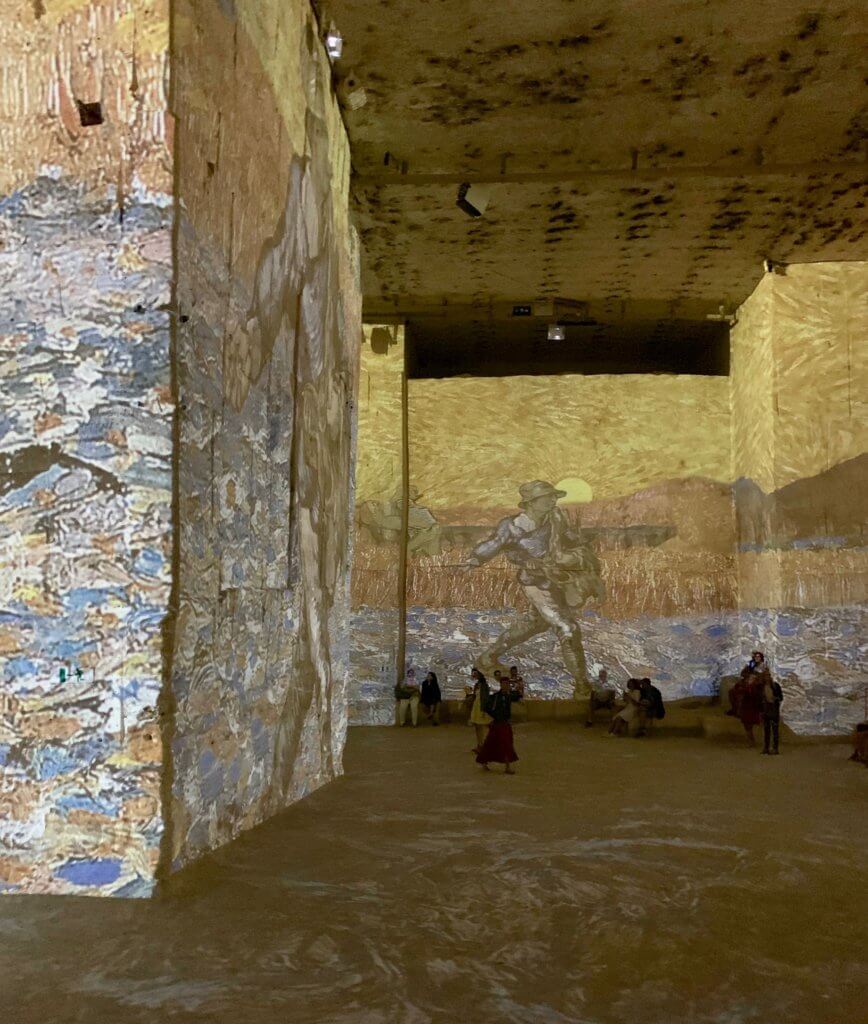
I had imagined sitting in a seat watching but no – it was an experience you walked through and found your own spaces to watch. The themed works were set to a wide range of music perfectly matched with the paintings displayed.
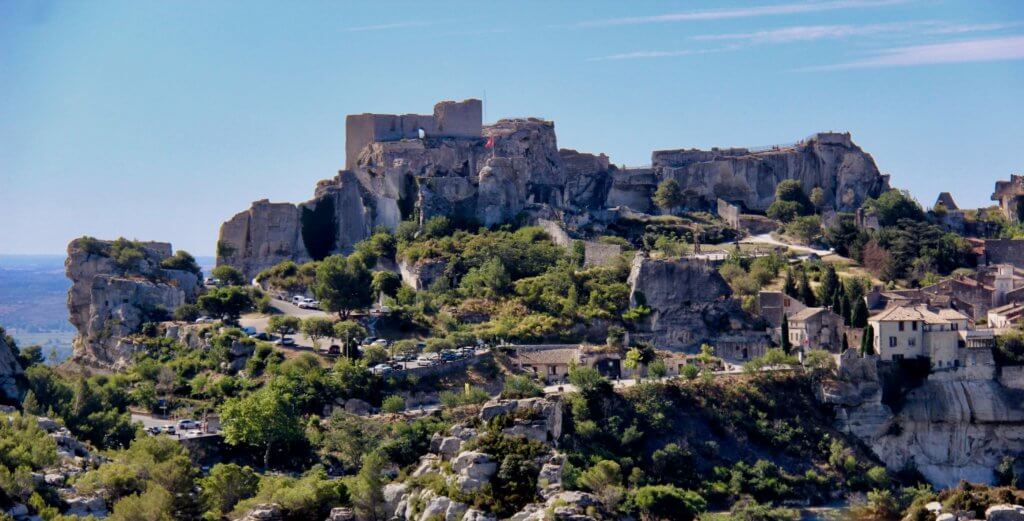
Prior to the show we had been surprised how difficult it was to find parking, Car parks already full, cars parked in every imaginable space. Once parked and inside we imagined the show created the car parking nightmare. Afterwards we decided on a walk through the village we could see amidst the towering rock formations – later identified as Chateau Baux de Provence. Not knowing anything about what we were looking at we discovered it must be something special – the car parking stretched all the way up and down the roads for many kilometres. Not for us we decided.

Kerri had again been busy researching and suggested the Camargue – an area we had originally been going to visit, before settling on Chateauneuf du Pape – was a short drive further on. On we went. Another wonderful accident.
A quick trip to the tourist information on the outskirts pointed us in the direction of flamingos and white horses – attractions of this area. Parc Ornotholgique Pont du Gau was the place. A variety of walks were possible – with limited time and significant heat, we chose the 2plus km walk around the main areas. Established by a family post World War II the park has walks through a variety of marshes and habitats enabling close encounters with a variety of bird life including the famous Flamingos.
And there were Flamingos aplenty – a photographers delight, particularly in the bird hide.
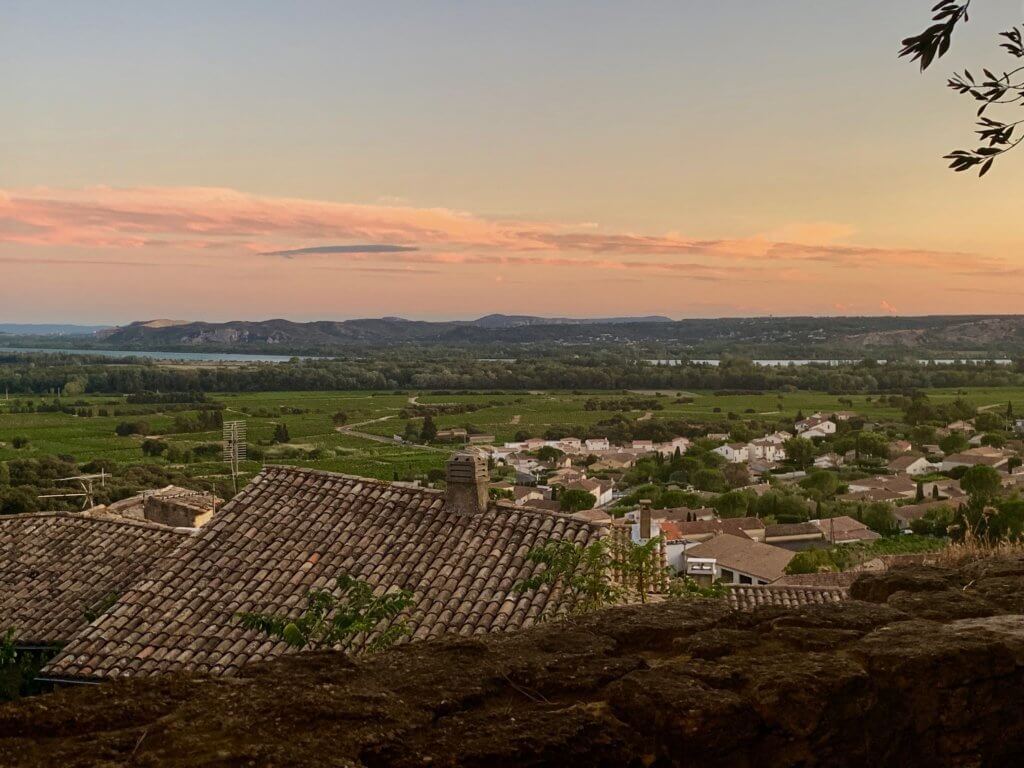
Finally back to Chateauneuf du Pape and our last dinner. We had chosed Verger des Papes and we were not disappointed. Starting with Fois Gras – of course, and following through a perfect 3 courses with our final on the spot Chateauneuf du Pape wines all combined with the perfect table in the courtyard overlooking the valley below.
